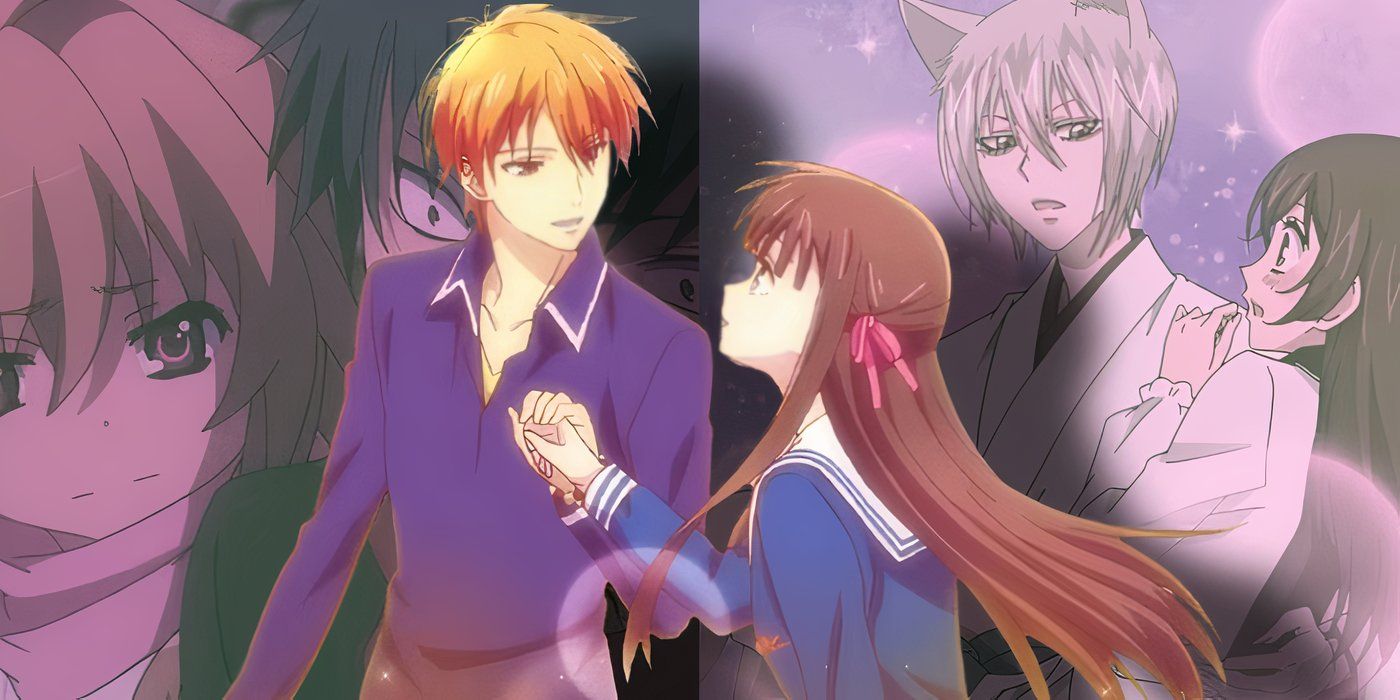At this moment, millions of American TikTok users are contemplating bidding adieu to the viral video app that has been their source of entertainment, news and community, or even income, for the past several years. The app has built empires – securing footwear brands and reality television slots for the D’Amelio family, also launching careers for Lil Nas X and, more recently, Benson Boone. It also accelerated the discovery and popularity of subgenres from all over the world, extending the global reach of songs that range from Afrobeats and música mexicana to Chilean rap and K-pop.
On Jan. 19, the Supreme Court is expected to impose the Protecting Americans from Foreign Adversary Controlled Applications Act, or legislation that would shut down the Chinese platform in the U.S. should TikTok’s owner, ByteDance, fail to sell by then. While a last-minute save has been hinted at by former and incoming President Donald Trump, the loss of the platform, infinitely more than its predecessor Vine, will create a large gap of connectivity and revenue, impacting both its biggest and smallest beneficiaries.
Given the complexity, uncertainty and political ramifications of the situation, reps for major labels and many other music companies declined to comment, but digital music veterans agreed.
If the ban goes ahead, “Outside of the blow to the indie community or to small creators, established artists will probably feel relieved to never have to make a TikTok again,” says digital marketing expert Claudia Villarreal, co-founder and head of creative services of the digital and entertainment firm FanMade. “For us, it’s an opportunity to flex our 360-marketing [skills] – because, if I’m being honest, I think the app, although a great shortcut to success, was taking away some of the creativity of a campaign. It might actually be really refreshing.”
Villarreal, along with her co-founder Olivia Rudensky, have worked on campaigns for Miley Cyrus, Hailey Bieber, the Peoples Choice Awards and NBC, in addition to helping promote numerous other brands. They met online while running their own update or fan accounts for other celebrities and musicians, later combining forces to utilize the strategies they applied as fans to music and product marketing.
At first, Rudensky says, “TikTok was all about the dance challenges, the lip-synching videos – it was always meant to be just for fun. Not as serious as the route Instagram was taking at the time, which was much more business and e-commerce-facing.”
Rudensky saw the opportunity for success on TikTok early into its ascension: In 2019, Cyrus appeared on the “Black Mirror” episode “Rachel, Jack and Ashley Too,” portraying a fictional popstar, Ashley O, and released original music to complement the episode, including one infectious and viral track titled “On a Roll.” In 2020, when Cyrus released “Plastic Hearts,” their approach to the app took even more of an innovative approach — “When done right, TikTok produced marketing results almost equivalent to a radio station,” says Rudensky.
“The song was hitting all sorts of different feeds, and it had an instant reach that no other social media platform had at the time. That’s when the labels started to tune in. Miley didn’t want to go on TikTok and promote the song with a dance or a lip sync, so we built on the momentum by just having [Cyrus] comment on TikToks.”
While TikTok has for a half-decade been the dominant platform for unknown or independent artists to be discovered, major labels may think of the ban differently. Not only is the platform a threat to more-traditional gatekeepers (which the majors may find easier to control), its negotiations over royalties, piracy and AI have grown tense in recent months. From the labels’ perspectives, signing a licensing deal with the app offers more than it takes, while TikTok has consistently argued that the average music consumer doesn’t go to the platform to consume music like they would on a DSP. When Universal Music Group removed its catalog from the app last March in an effort to seek higher pay for their artists, negotiations were largely based on TikTok’s argument that its 30-second or one-minute clips were used passively, and therefore should not pay the same rate as a streaming service like Spotify.
Despite TikTok’s professed efforts to crack down on piracy, there remains a large quantity of unlicensed music on the platform – lo-fi, slowed down and reverbed remixes often escape detection – that push the boundaries of traditional music marketing strategies. This is all due to its addictive algorithm, designed to circulate content that is most likely to engage users based on their everyday interactions on the app (also taking into account their gender and what ads they view). That algorhithm, arguably more than anything else, is what has enabled TikTok to remain so dominant in the music world and beyond.
While many expect less-dedicated TikTok users to migrate to Instagram Reels or YouTube if the ban goes forward, it’s unlikely those platforms will be able to capture the same level of buzz — at least not right away.
“No one’s asking, ‘What are we doing on YouTube?’ No one’s asking, ‘What are we doing on Instagram?,’” Villarreal says. “For the last few years, the priority has been TikTok because if you cut viral sound from TikTok, that means it has the ability to travel to Instagram, to X and beyond. Without it, everybody will have to rethink their digital marketing campaigns. You have to have dexterity across all the apps to get the kind of results you’d get just from using TikTok.”
And even if the platform is effectively banned, “Millions still believe TikTok will be back,” Villarreal and Rudensky conclude. “This may not be the end of the app.”









 English (US) ·
English (US) ·